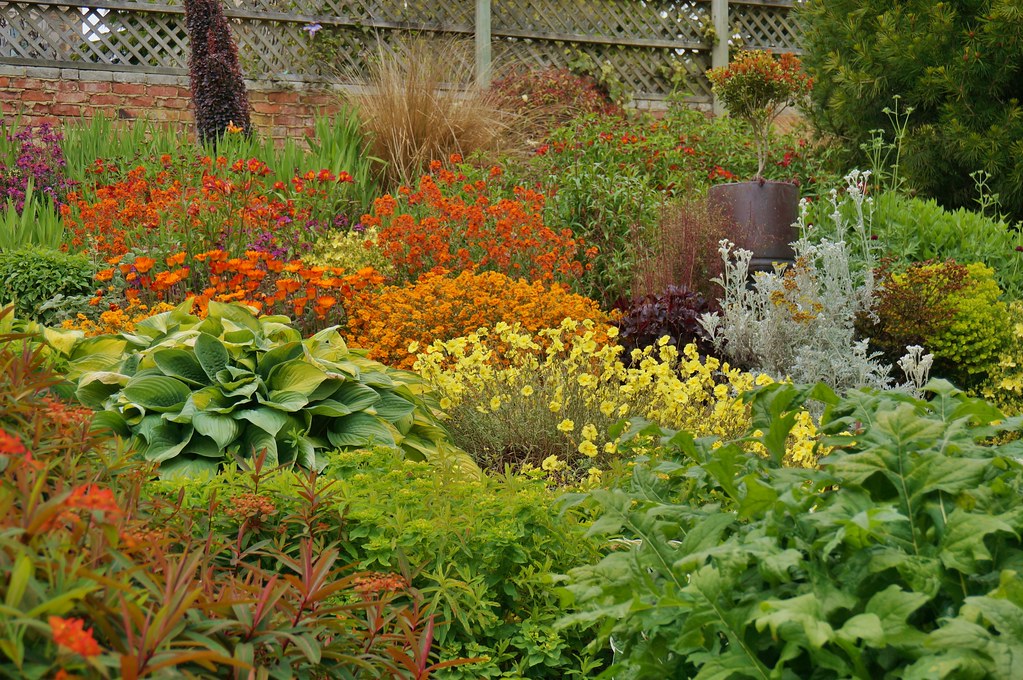Perennial Garden: Tips For Planting
The sooner plants are planted, the more time they have to become established in the garden. Plants purchased in containers may be left in their containers for a few days, however, to avoid the plant drying out, they should be planted as soon as possible. Bare root plants should be planted according to the instructions provided by the nursery.
Spring is the best time to plant perennials as they will have plenty of time to get well established prior to the summer heat. Spring is also a good time to transplant and/or divide perennials. Perennials may also be planted during the summer, however, the plants are more susceptible to drying out. If planted in the summer, it is important to water daily for at least one week. Fall is also a good time to plant perennials as the heat of summer has passed and the plants will still have time to become established prior to the harshness of winter.

Tips for planting perennials:
- Over-raking the soil will create very “thin” soil that will turn to mud when it rains. When the soil dries, a hard crust will form and plants may not be able to penetrate the crust.
- Remove all weeds from the garden area.
- Plant when the soil, not just the air, is warm.
- To make the soil more workable, lightly water the garden area. This should be done approximately one hour prior to planting. Avoid over-watering the area.
- To avoid stressing the plants, planting is best done during a light rain, after a rain, in late afternoon, or on a cloudy day.
- Mulching around the plants will keep weeds to a minimum, help retain moisture, and keep roots cool.
- Make certain the garden area drains well as the plant roots may rot or become disease or insect ridden.
- Set plants in the ground at the same depth as they were in the container.